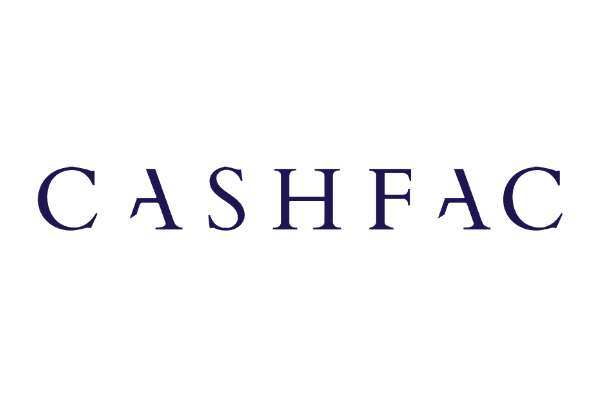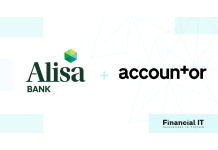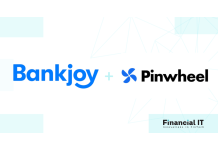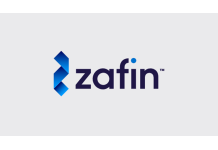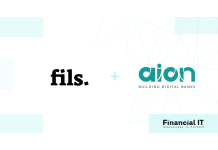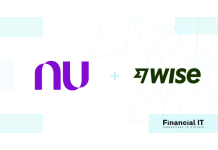Revolut Expects to Boost Workforce by 40% in 2024
- 24.04.2024 02:45 pm
Alisa Bank and Accountor Introduce a New Type of...
- 24.04.2024 02:20 pm
EverBank Teams With Finzly to Modernize and...
- 19.04.2024 10:55 am
Bankjoy & Pinwheel Partnership Gives Banks and...
- 17.04.2024 02:25 pm
Leeds Building Society Partners With Mambu to...
- 17.04.2024 08:25 am
Navy Federal Partners with Zafin for Multi-year Core...
- 16.04.2024 03:05 pm
Salt Bank, Romania’s First Digital-native Bank,...
- 16.04.2024 10:25 am
Fils and Aion Announce Strategic Partnership to Help...
- 15.04.2024 08:45 am
Finzly Among the First to Receive Fed Certification...
- 12.04.2024 11:05 am
United Bank Modernizes Technology Stack, Drives Growth...
- 12.04.2024 09:15 am
Brightwell Selects Bloomberg to Streamline Investment...
- 11.04.2024 11:05 am
Nubank Ultravioleta Enters the Travel Segment with the...
- 09.04.2024 01:15 pm

